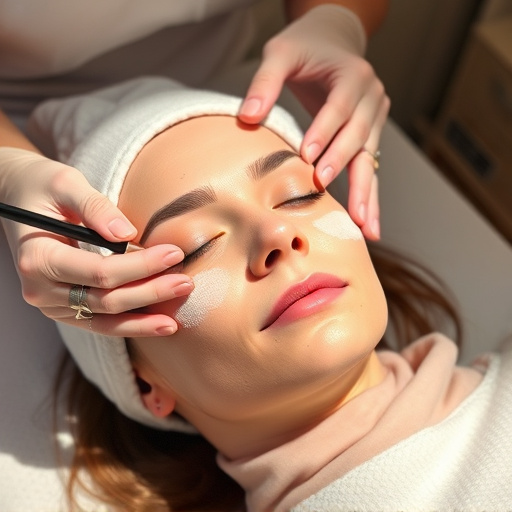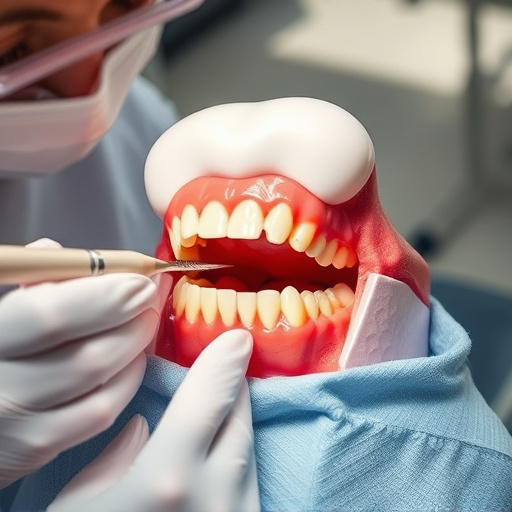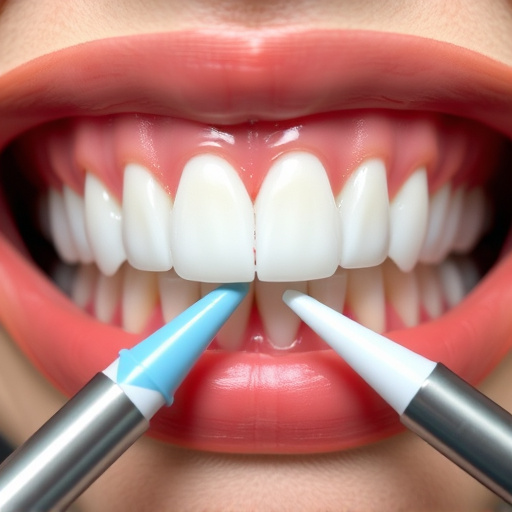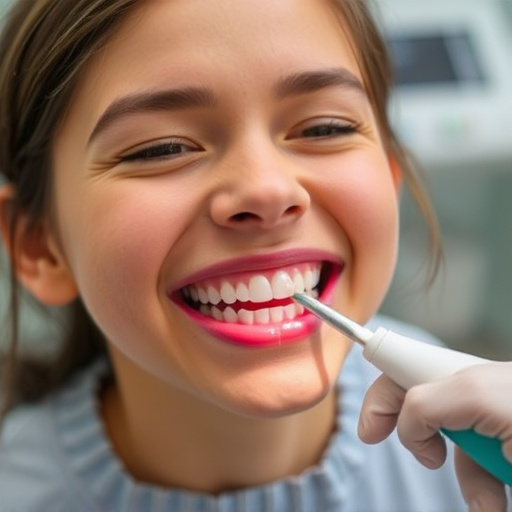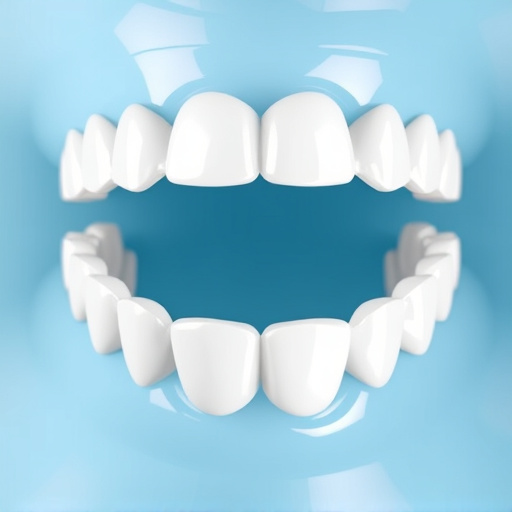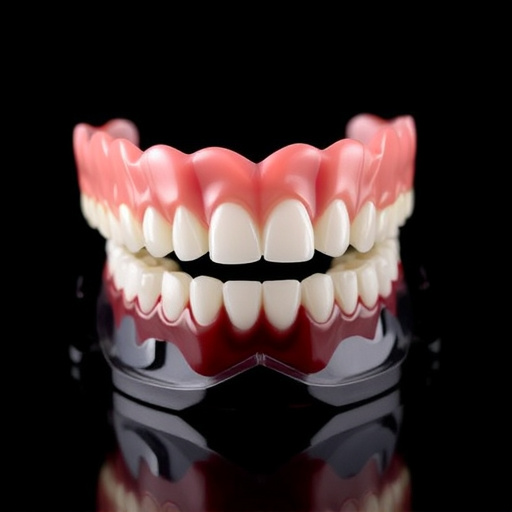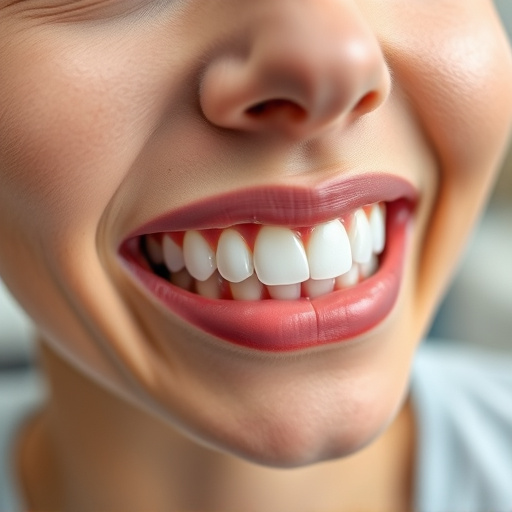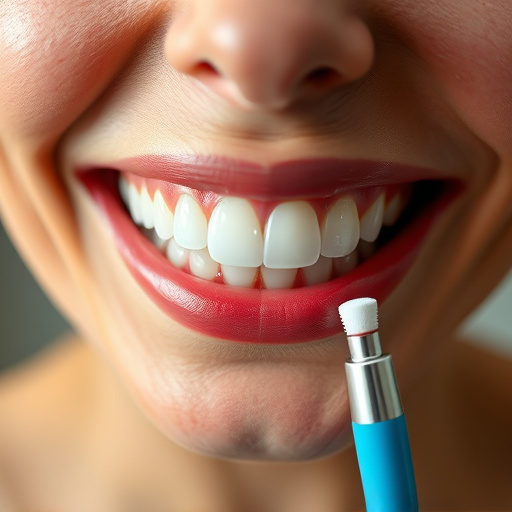Teeth grinding (bruxism) is a common condition caused by stress, sleep disorders or medications, leading to dental wear, fractures, gum disease and facial pain. General dentistry offers various non-invasive treatments including cleanings, mouthguards, restorative dentistry, and in severe cases, occlusal splints or arthroscopic surgery. Regular oral exams and cleaning are essential components of effective teeth grinding treatment, promoting optimal oral health alongside chosen methodologies.
Teeth grinding, or bruxism, is a common yet detrimental habit that can lead to significant dental issues. This article explores effective treatment options for managing and alleviating teeth grinding. We delve into understanding the causes and effects, providing insights into non-invasive approaches for long-term relief. For severe cases, surgical interventions are discussed, highlighting their role in mitigating bruxism’s impact. Discover practical solutions to break free from teeth grinding and reclaim a peaceful sleep.
- Understanding Teeth Grinding: Causes and Effects
- Non-Invasive Treatment Options for Long-Term Relief
- Surgical Interventions and Their Role in Severe Cases
Understanding Teeth Grinding: Causes and Effects
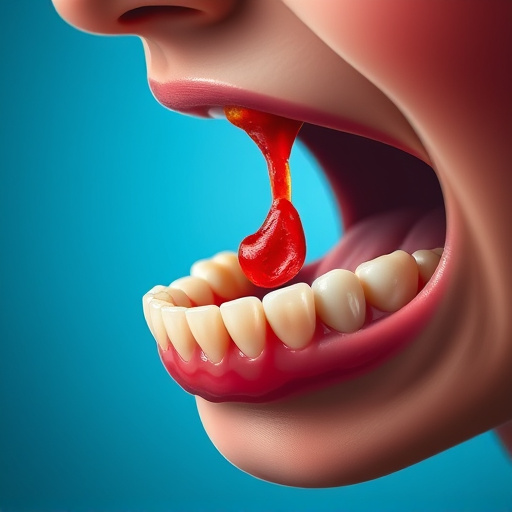
Teeth grinding, medically known as bruxism, is a common condition that affects millions of people worldwide. It often goes unnoticed, but the habit can lead to significant dental issues if left untreated. The primary cause of teeth grinding is stress and anxiety, although it can also be triggered by certain medications or sleep disorders. During sleep, the jaw muscles tighten, leading to repetitive grinding or clenching of the teeth. This can result in a range of effects, from mild discomfort to severe dental damage.
Chronic teeth grinding can cause tooth wear, chips, and fractures, as well as pain in the jaw, face, and head. It may also contribute to temporomandibular joint disorder (TMJ) and increase the risk of developing gum disease. Fortunately, various teeth grinding treatment options are available through general dentistry practices offering comprehensive dental care. These treatments focus on both addressing the underlying causes and minimizing further damage, promoting better oral health and quality sleep.
Non-Invasive Treatment Options for Long-Term Relief
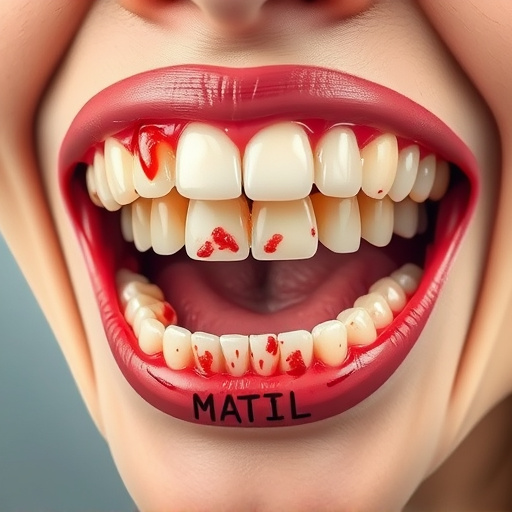
For those seeking long-term relief from teeth grinding (bruxism), there are several non-invasive treatment options available that can significantly improve quality of life. One effective approach is through dental cleanings and regular check-ups, which not only remove plaque and tartar buildup but also allow dentists to monitor and address any potential issues early on. Restorative dentistry plays a crucial role here; procedures like dental fillings can fix damaged teeth, reducing the stress and pressure that contribute to grinding.
Additionally, custom-fitted mouthguards are a popular choice. These devices protect your teeth during sleep or periods of heightened stress when grinding is most likely to occur. While they may seem simple, mouthguards offer a highly effective barrier between your teeth, preventing wear and damage over time. Combining these non-invasive treatments can lead to substantial improvements in managing teeth grinding and promoting overall dental health.
Surgical Interventions and Their Role in Severe Cases
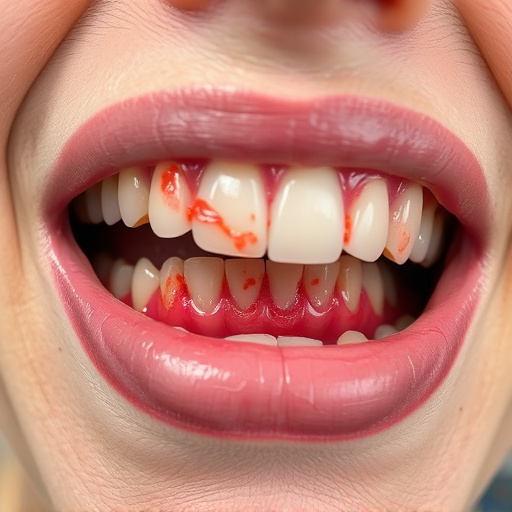
In severe cases of teeth grinding (bruxism), surgical interventions may be necessary as part of an effective teeth grinding treatment plan. These procedures are typically considered when conservative methods have been exhausted and the condition has led to significant dental damage or associated health issues. One common surgical option involves the placement of occlusal splints or appliances to protect the teeth during the healing process.
For more severe cases where the jaw joint is affected, arthroscopic surgery might be recommended by a specialist in general dentistry. This minimally invasive procedure allows for the repair or replacement of damaged soft tissues and cartilage, improving jaw function and reducing grinding-related symptoms. Regular routine oral exams and professional teeth cleaning are crucial components of managing bruxism, as they help monitor progress, detect any new issues early on, and ensure optimal oral health alongside the chosen treatment method.
Teeth grinding, or bruxism, can significantly impact oral health and overall well-being. Fortunately, a range of effective treatment options are available, from non-invasive techniques like mouthguards and behavioral therapy to surgical interventions for severe cases. By understanding the causes and effects of teeth grinding, individuals can navigate the best course of action to find long-term relief, ensuring a healthier, more restful future.


